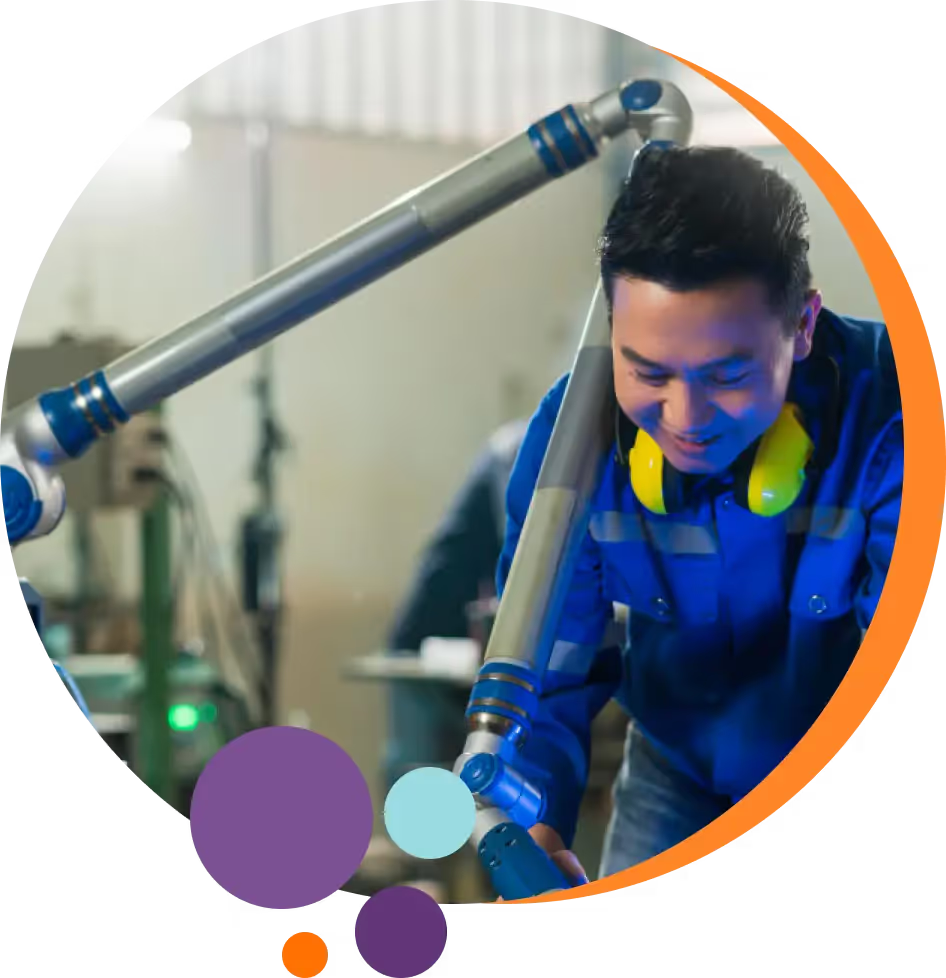What is a Medical Imaging Technologist?
Let’s first understand the role of a medical imaging technologist.
These professionals are the skilled hands and minds behind the sophisticated imaging equipment used in modern healthcare.
Their primary responsibility is to operate machines like X-ray, MRI, CT, and ultrasound scanners to produce detailed images of the inside of a patient’s body. Doctors use these images to diagnose a wide range of conditions, from broken bones to life-threatening diseases like cancer.
Medical imaging technologists have a wide range of responsibilities that include:
- Capturing High-Quality Images: Ensuring the images produced are clear and accurate, which is crucial for effective diagnosis.
- Selecting Appropriate Imaging Techniques: Working with healthcare providers to determine the best imaging methods based on each patient’s needs.
As the healthcare industry increasingly relies on advanced technology, the demand for skilled imaging technologists continues to rise.
According to Statista, the overall medical technology industry is valued at over $611 billion annually, and this figure is expected to multiply in the coming years.
This growth reflects the expanding role of mechatronics and technology in healthcare, which is driving the need for professionals who can operate and manage sophisticated imaging equipment.
Essential Skills for Medical Imaging Technologists
To excel as a medical imaging technologist, one must develop a strong foundation in both technical skills and patient care.
Medical imaging technologists must master a range of core knowledge areas while ensuring patients feel safe and supported throughout the imaging process.
They include:
- Human Anatomy and Physiology: A deep understanding of body structures and functions is essential for capturing accurate images for precise diagnoses.
- Imaging Technology Principles: Technologists must be well-versed in the workings of different imaging modalities to ensure optimal image quality and accurate results.
- Patient Care: Beyond technical expertise, technologists must be able to communicate clearly, explain procedures to patients, and ensure that every step of the process is conducted with the patient’s comfort and safety in mind.
The importance of these skills is underscored by the significant growth in the US diagnostic imaging services market.
According to Fortune Business Insights, it was valued at $122.41 billion in 2022 and is projected to reach $206.84 billion by 2030, growing at a compound annual growth rate (CAGR) of 6.8%.

Diverse Work Environments for Medical Imaging Technologists
Medical imaging technologists have the opportunity to work in a variety of settings, each offering unique challenges and rewards.
Here’s a closer look at the different places where these professionals can apply their expertise:
1. Hospitals and Clinics
Hospitals and clinics are the most common workplaces for medical imaging technologists. Here, technologists perform various imaging procedures, from routine X-rays to more complex MRI or CT scans.
According to the American Hospital Association, there are over 6,000 hospitals in the United States, many of which rely heavily on imaging technologists to support their diagnostic and treatment services.
The high volume of patients in these settings requires technologists to be adaptable, efficient, and ready to handle diverse cases.
2. Specialized Imaging Centers
These facilities focus exclusively on providing diagnostic imaging services. They often have the latest technology and cater to patients referred by primary care physicians or specialists for specific imaging needs.
According to IBISWorld, there are 9,841 diagnostic imaging center businesses in the US, which reflects the significant role these facilities play in the healthcare landscape.
Working in such centers allows technologists to specialize in certain types of imaging, such as mammography, cardiovascular imaging, or advanced MRI techniques.
3. Research Institutions
Research institutions offer an exciting work environment for those interested in contributing to the advancement of medical knowledge.
Imaging technologists in these settings support clinical trials and research studies by providing precise imaging that helps researchers observe and measure biological processes.
Such roles often involve working with cutting-edge imaging technology and collaborating with scientists and physicians to develop new diagnostic methods or treatments.
4. Mobile Imaging Units
Mobile imaging units bring diagnostic services directly to patients and offer technologists a unique and flexible work environment.
These units are equipped with the same advanced imaging technology found in hospitals and clinics but are housed in mobile vehicles.
Mobile units are particularly valuable in rural or underserved areas where access to healthcare facilities may be limited.
According to a report by Prescient & Strategic Intelligence, the mobile medical imaging services market is valued at $16.9 billion and is growing at a CAGR of 6.2%. North America is the largest region in this market.

























